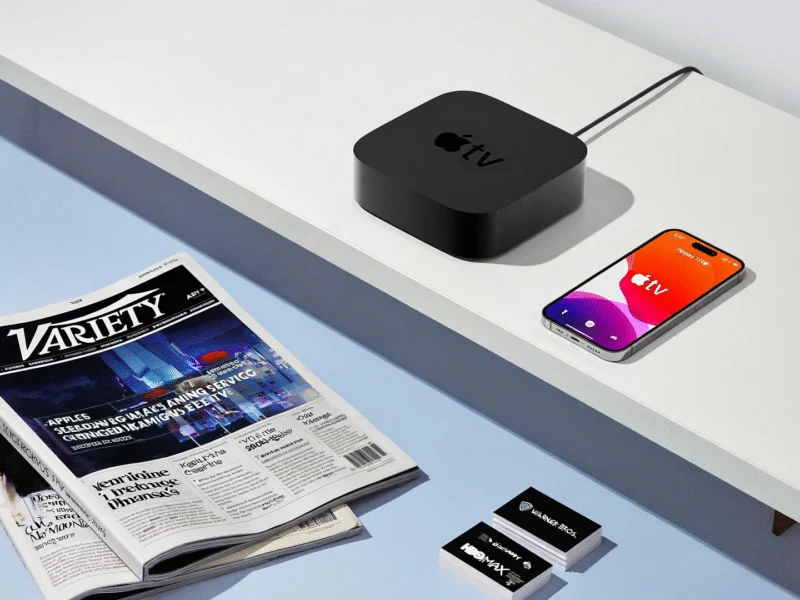In a surprising move that continues the recent trend of streaming service rebranding, Apple TV+ has officially become simply Apple TV. The company announced the change quietly in a recent press release about its upcoming F1 movie, marking another significant shift in the competitive streaming media landscape. This simplification follows similar rebranding efforts from competitors, including Warner Bros. Discovery’s reversal of Max back to HBO Max and Disney’s integration of Hulu content.
Understanding the Apple TV Brand Confusion
The name change creates immediate confusion for consumers, as Apple TV now refers to three distinct entities: the streaming service (formerly Apple TV+), the physical Apple TV device, and the Apple TV app that houses content from multiple providers. According to the company’s own announcement, “Apple TV is available on the Apple TV app” and customers can get “three months of Apple TV for free” when purchasing new Apple hardware.
This creates what industry experts note as a recursive branding problem where users must purchase Apple TV (the device) to access Apple TV (the app) to watch Apple TV (the streaming service). The situation echoes similar confusion seen in other tech rebranding efforts, according to recent analysis of streaming service naming conventions.
Current State of the Apple TV Ecosystem
Despite the announcement, the transition appears to be in its early stages. The streaming service’s website and App Store listings still prominently feature the “Apple TV+” branding. The Apple TV+ Wikipedia entry reflects the original naming, though it will likely be updated as the change becomes more widespread.
The current Apple TV ecosystem includes:
- Apple TV device: Hardware for streaming content to televisions
- Apple TV app: Application available across multiple platforms
- Apple TV streaming service: Subscription-based content (formerly Apple TV+)
- Third-party content: Movies and shows available for purchase or rental
Comparison to Other Streaming Service Rebrands
Apple’s move follows a pattern of streaming services adjusting their branding strategies. Industry experts note that streaming platforms frequently refine their identities to better compete in the crowded market. Unlike some competitors who have added complexity to their branding, Apple has chosen simplification by removing the “+” symbol entirely.
This approach differs significantly from Disney’s strategy with Hulu integration and Warner Bros. Discovery’s handling of the HBO Max to Max transition. Additional coverage suggests that regulatory considerations may influence how tech companies approach branding decisions in the evolving digital landscape.
What Users Can Expect Moving Forward
The renamed service will continue to offer Apple’s original programming, including upcoming releases like the F1 movie scheduled for December 12, 2025. Subscribers will access the same content library through the same Apple TV app, with the primary change being the service’s name in marketing materials and interface elements.
As Apple Inc. continues to refine its entertainment strategy, users should prepare for potential confusion when discussing whether they’re referring to the device, the app, or the streaming service. The company’s commitment to simplicity in design may ultimately clash with the practical realities of having multiple products sharing identical names in the competitive streaming marketplace.
Related analysis suggests that as streaming services mature, branding clarity becomes increasingly important for user retention and acquisition. How Apple navigates this naming challenge could set precedents for the entire industry as streaming media continues to evolve and consolidate.



